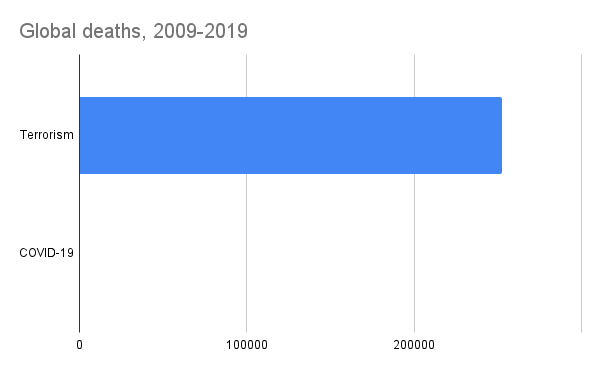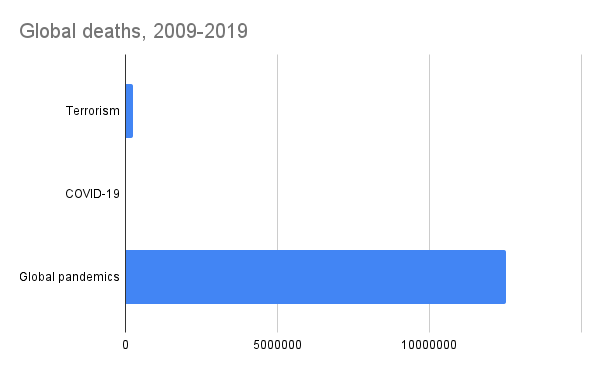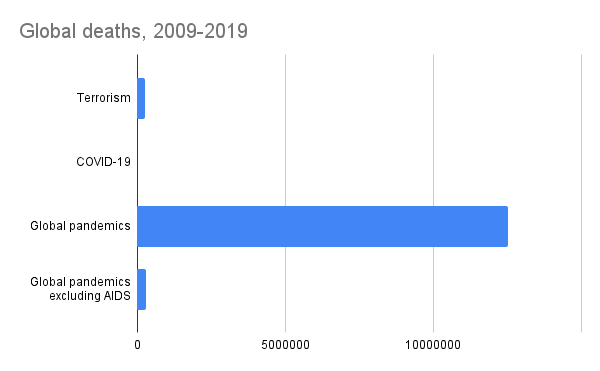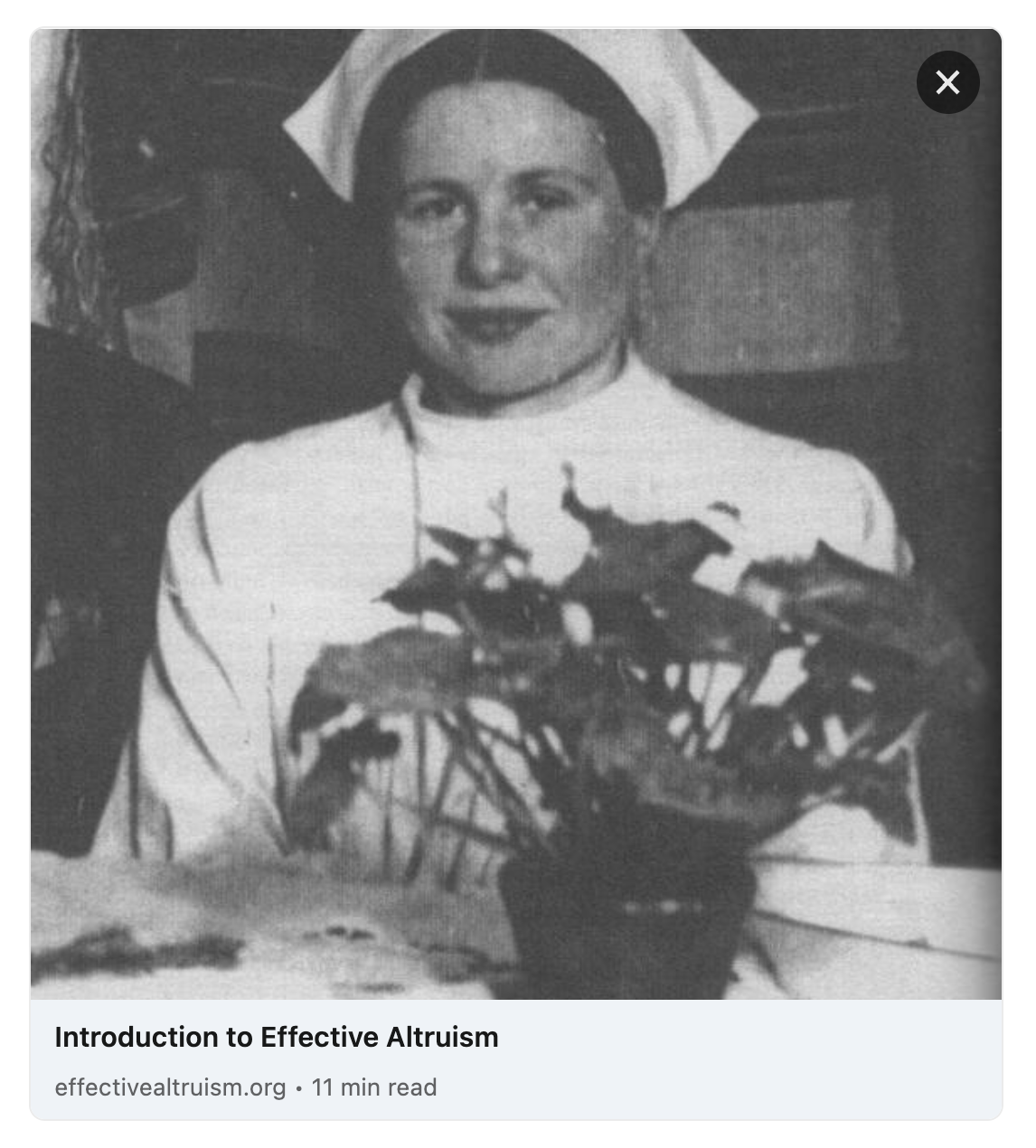In May, Julia Wise posted about how EA will likely get more attention soon and the steps that EA organizations are taking to prepare. This is a brief follow-up post that includes some specific actions that EA organizations are taking in light of this increase in attention.
We wanted to provide this update in particular due to the upcoming launch of What We Owe The Future by Will MacAskill, which is releasing on August 16th in the US and September 1st in the UK. Will is doing an extensive podcast tour to promote the book, as well as several interviews and articles in high-profile newspapers, many of which are releasing in the two weeks before the book launch. We are hoping that the media around the launch will help fill a gap in accurate, public-facing descriptions of longtermism. You shouldn't be surprised if there’s a significant uptick in public discourse about both effective altruism and longtermism in August!
Below are some updates about EA communications activity in the last couple of months.
New Head of Communications at CEA
The Centre for Effective Altruism recently hired Shakeel Hashim as Head of Communications, to focus on communicating EA ideas accurately outside EA. Shakeel is currently a news editor at The Economist, and will be starting at CEA in early September. As several recent forum posts have noted, there has thus far been somewhat of a vacuum for a proactive EA and longtermism press strategy, and we hope that Shakeel will help to fill that gap. This will include seeking coverage of EA and EA-related issues in credible media sources, building strong relationships with spokespeople in EA and advising them on opportunities to talk to journalists, and generally helping to represent effective altruism accurately. Importantly, Shakeel will not focus on leading communications for CEA as an organization, but rather for the overall EA movement, in coordination with many partner organizations.
Greater coordination between organizations on EA communications
As Julia mentioned in her original post, staff at CEA, Forethought Foundation, Open Philanthropy, and TSD (a strategic communications firm that has worked with Open Philanthropy for several years) have been meeting regularly to discuss both immediate communications issues and our long-term strategy. Some immediate focuses have been on responding to incoming news inquiries, preparing spokespeople for interviews, and preparing possible responses to articles about EA and longtermism. We’ve also drafted a longer-term strategy for how we can communicate about EA and related ideas.
New Intro to EA Essay
CEA has also just posted a new Introduction to Effective Altruism article. The article may go through some further iterations in the coming weeks, but we think it functions as a far better and more up-to-date description of effective altruism than the previous essay. We believe this new essay should serve as a main illustration of communications best practices in action: it uses examples of good EA-inspired projects to illustrate core values like prioritization, impartiality, truthseeking, and collaborative spirit; it recognizes the importance of both research to identify problems and the practical effort to ameliorate them; and it foregrounds both global health and wellbeing and longtermist causes. We hope this essay, beyond being a soft landing spot for people curious about EA, can serve as talking points for EA communicators. We welcome comments and feedback on the essay, but please don’t share it too widely (e.g. on Twitter) yet: we want to improve this further and then advertise it.
Resources
If you’d like to flag any concerns or questions you have about media pieces, please email media@centreforeffectivealtruism.org. The CEA team will likely be aware of major pieces, but it’s possible that some smaller ones may slip through the cracks.
If someone requests that you do an interview, please also feel free to reach out to media@centreforeffectivealtruism.org — the team can provide guidance on whether or not to accept the interview, and can provide media training for the interview if you move forward with it. And if you would like advice on any aspect of communications (such as how to frame a blog post or whether to seek coverage for an upcoming announcement), please don’t hesitate to get in touch — the team is here to help.
Conclusion
We’re hoping that these new initiatives will help us not only mitigate the risks of the increased media attention, but use it to share accurate versions of EA ideas to new audiences and accelerate the change we hope to see in the world. This is a great opportunity to share important ideas, and we’re very excited to make the most of it.





This is great!
In the intro article, I don't think I really like the comparison between pandemic prevention and counterterrorism.
A couple reasons:
First, counterterrorism might be construed to include counter bio terrorism. In which case, it's not obvious to me that pandemic prevention and counterterrorism are even exclusive.
Second, both pandemics and counterterrorism are heavy-tailed and dominated by tail events. Tail events don't happen...until they do. To give an example, here is the same graph but for 2009-2019:
Essentially no deaths from COVID-19! Looks like it's unimportant!
Knowing almost nothing about terrorism, I would expect that a terrorism tail event, such as the detonation of a nuclear dirty bomb, could be similar: we wouldn't see it in the statistics until it was too late.
When we broaden the scope, we can see that many more people died in global pandemics (other than COVID, since COVID barely existed) in that time period than terrorism:
However, this is extremely influenced by another tail event: HIV/AIDS. In a world without HIV/AIDS, it would look like this:
This would imply that in some counterfactual world where nothing was different except that AIDS did not exist, I should have thought in 2019 that global pandemics were about equal to terrorism in scale. This is not a conclusion that should be drawn from the data, because for tail-dominated phenomena, you can't just consider historical average data (certainly not from a ten year period), you have to consider black swan events: events unlike any that have ever happened.
Comparing the most recent pandemic tail event to the average statistics on terrorism doesn't make sense: it's comparing apples to oranges. Either compare the average statistics over a long time period or the probability and severity of possible tail events. For newly emerging threats like engineered pandemics, average statistics doesn't even make sense at all, since we've never had an engineered pandemic.
I missed that part of footnote 3, it does seem to address a lot of what I said. I appreciate your response.
I do think the vast majority of people will not read footnote 3, so it's important for the main body of the text (and the visuals) to give the right impression. This means comparing averages to averages, or possible tail events to possible tail events. It sounds like this is your plan now, and if so that's great!